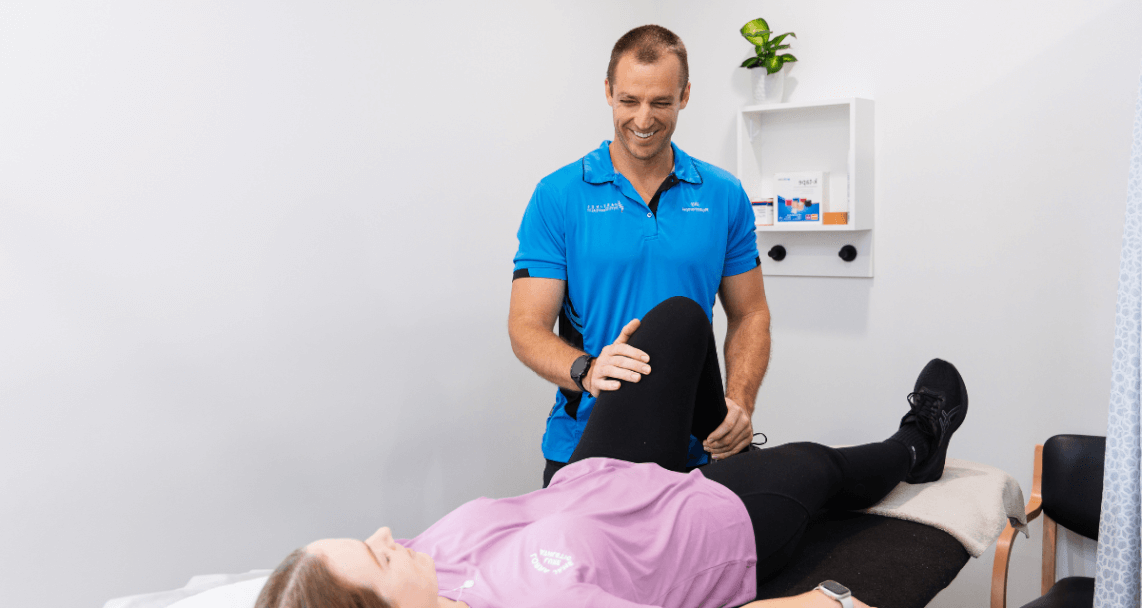Hermitage Centre (02) 6583 2111 | Lake Innes (02) 6516 2222 | Wauchope (02) 6585 1388

Does a Meniscus Tear Always Mean Surgery?
Meniscus tears can be a knee injury that can throw a wrench in your daily life and activities. As a physiotherapist, navigating the nuances of meniscus tears is an area I work with each and every day. I love working with patients on their path to recovery, as all tears are different. So does a meniscus tear always mean surgery? Well…not necessarily!








